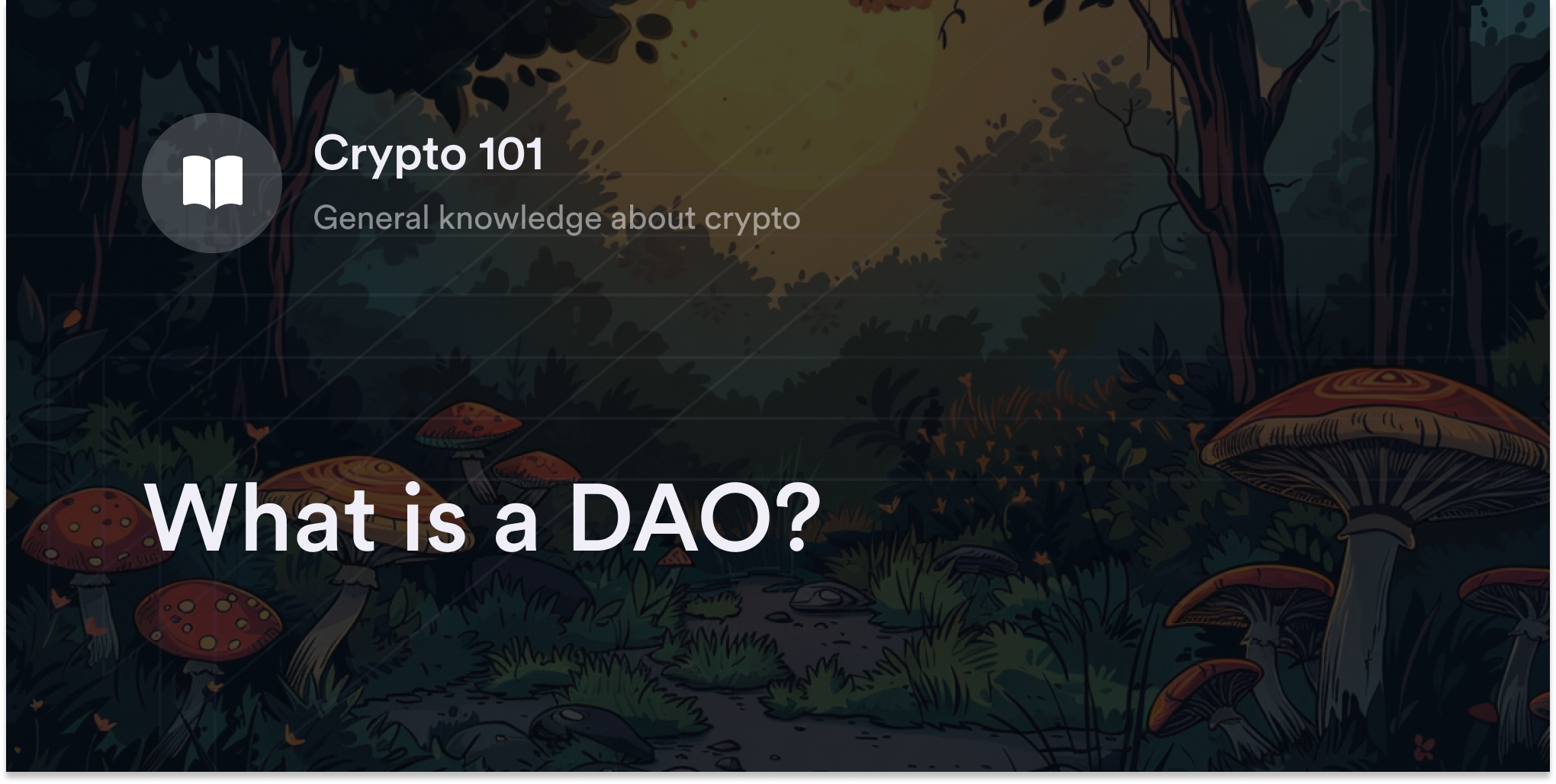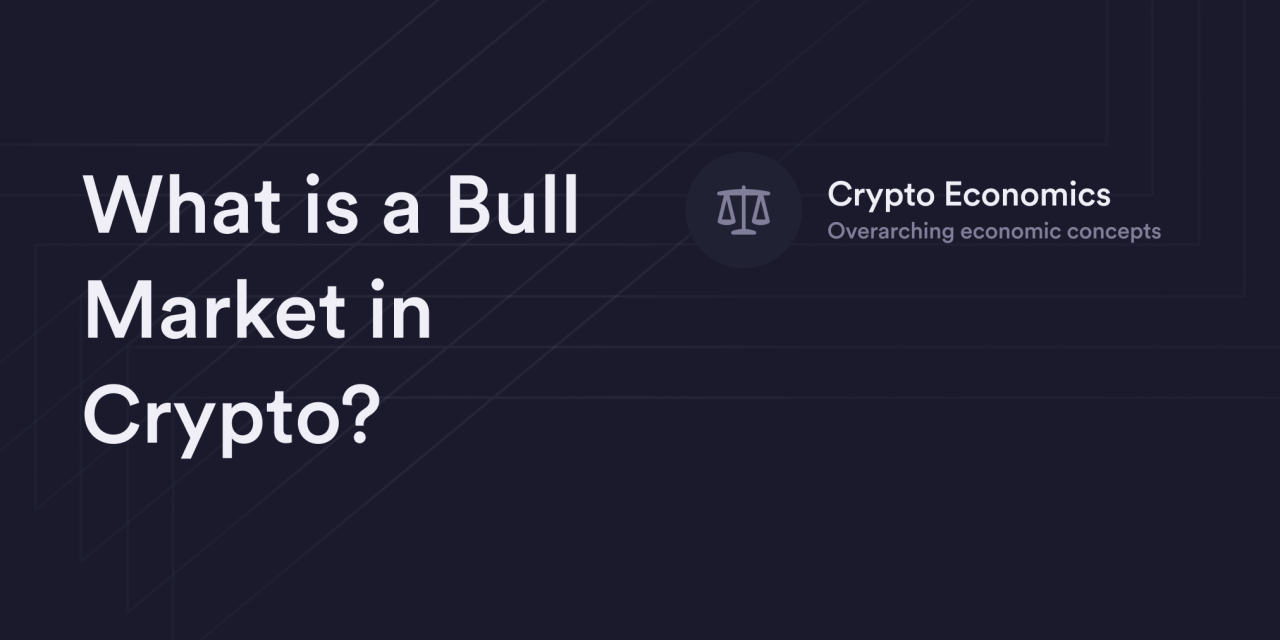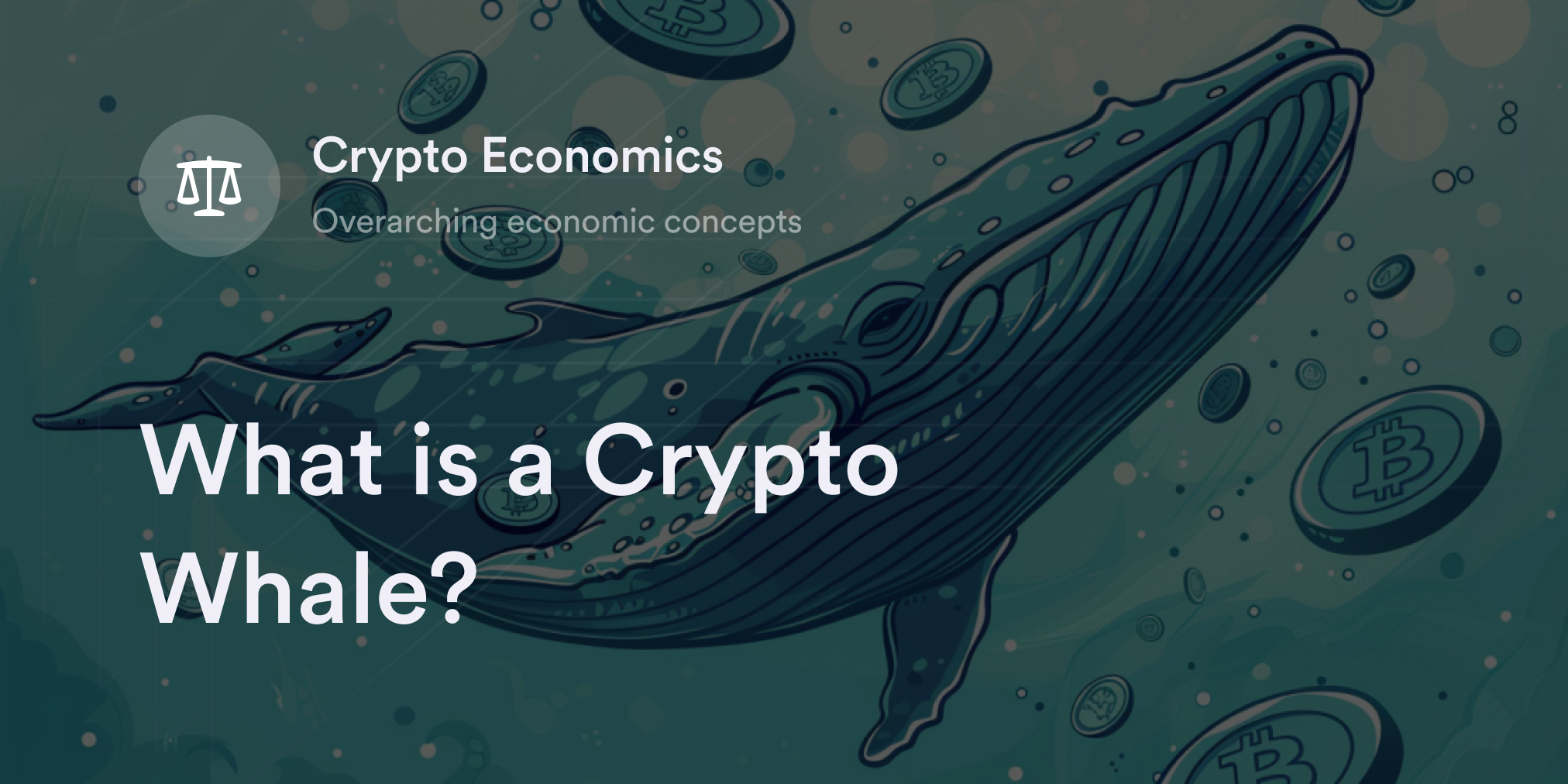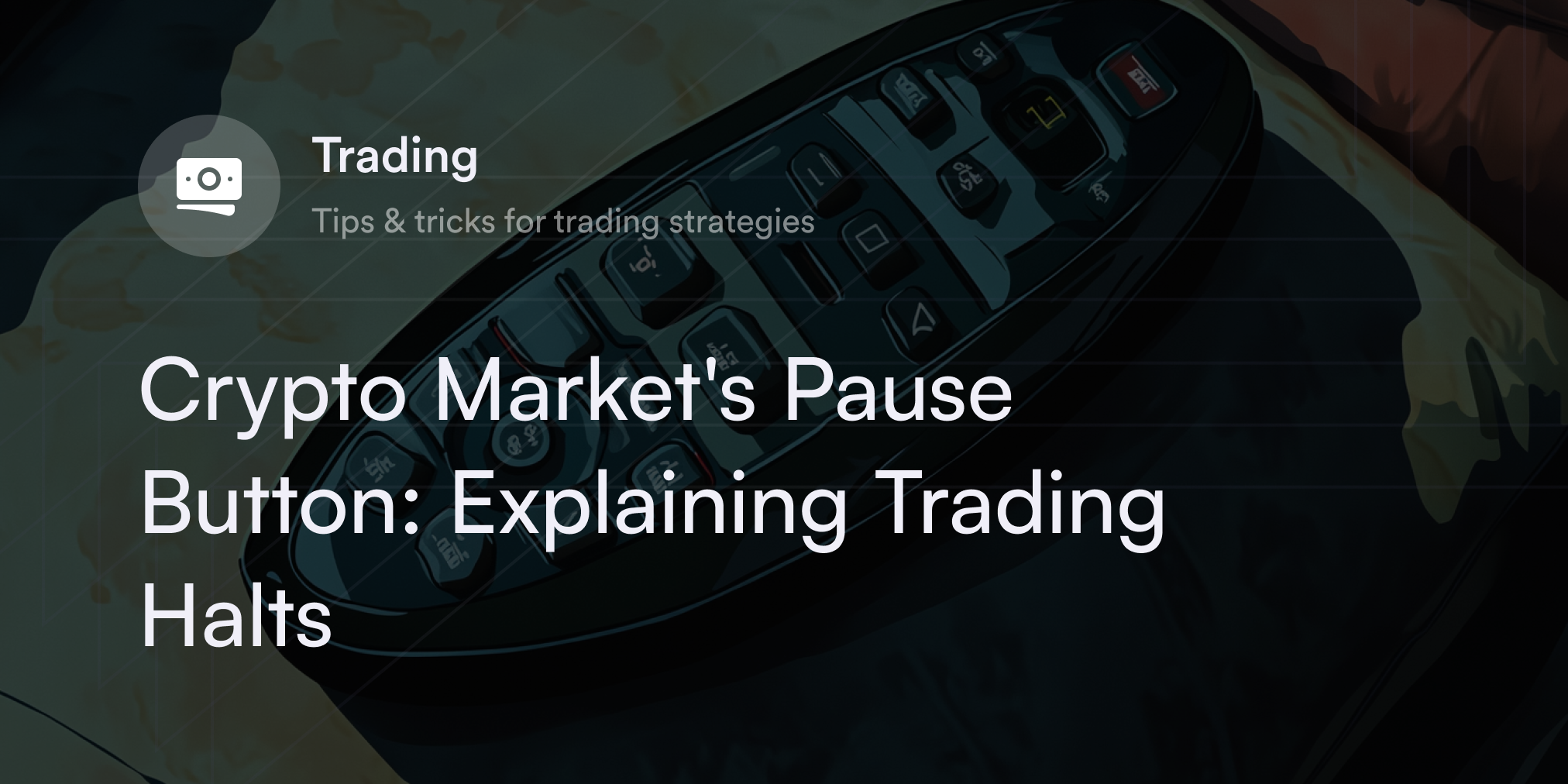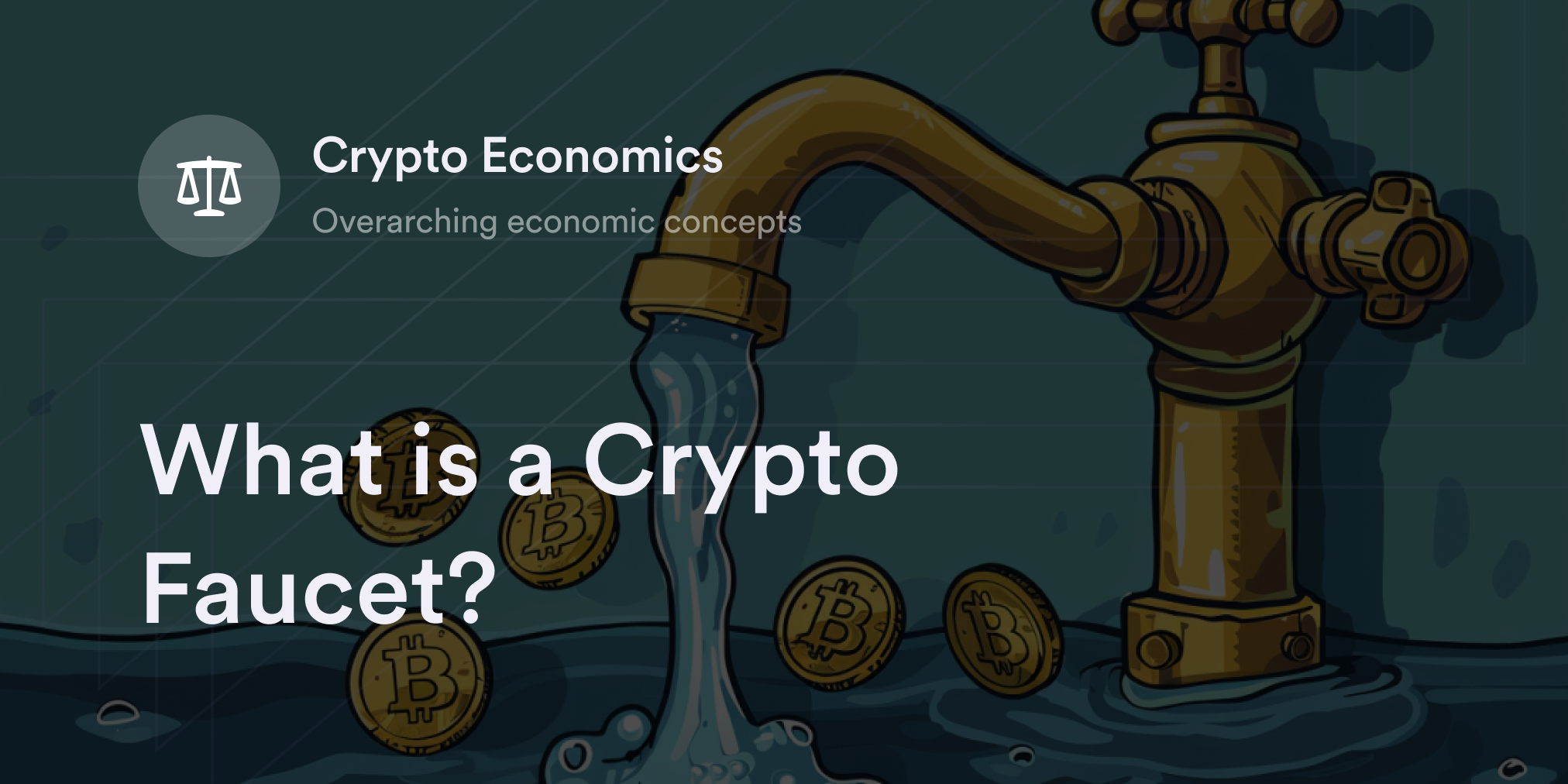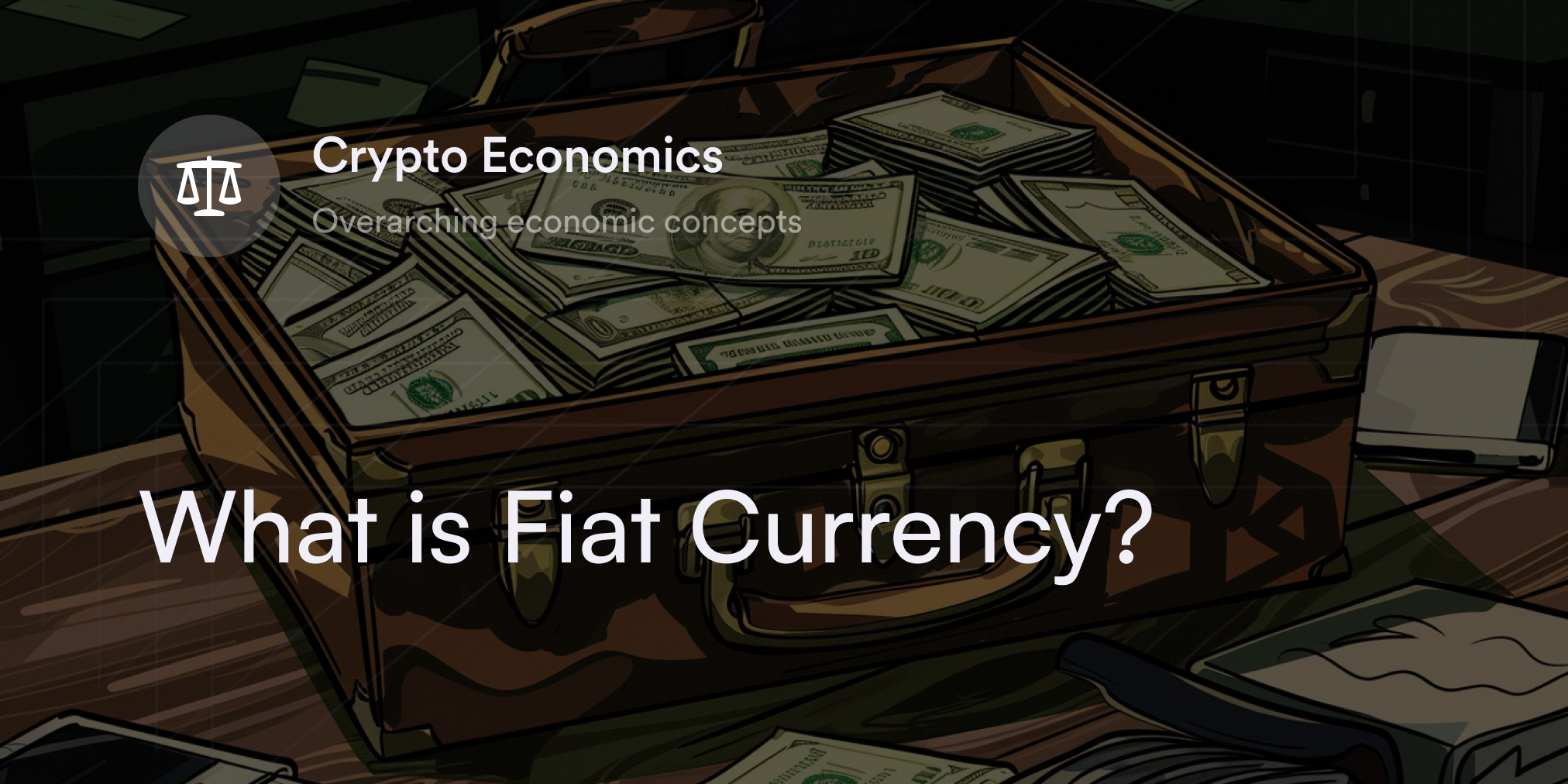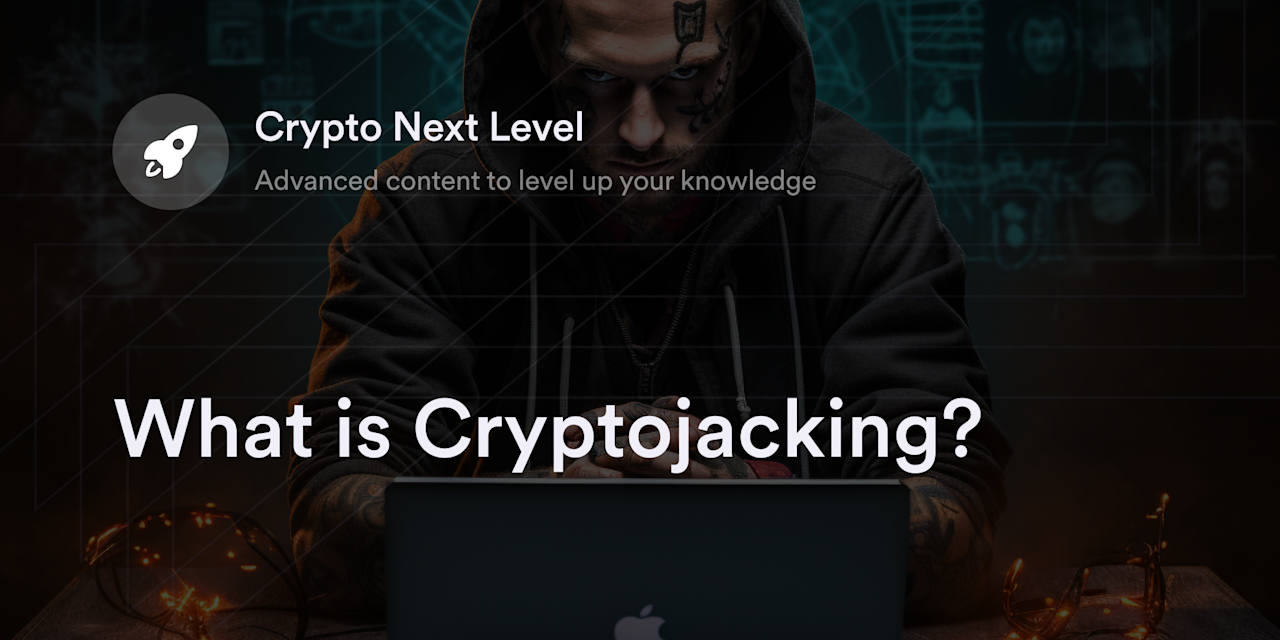
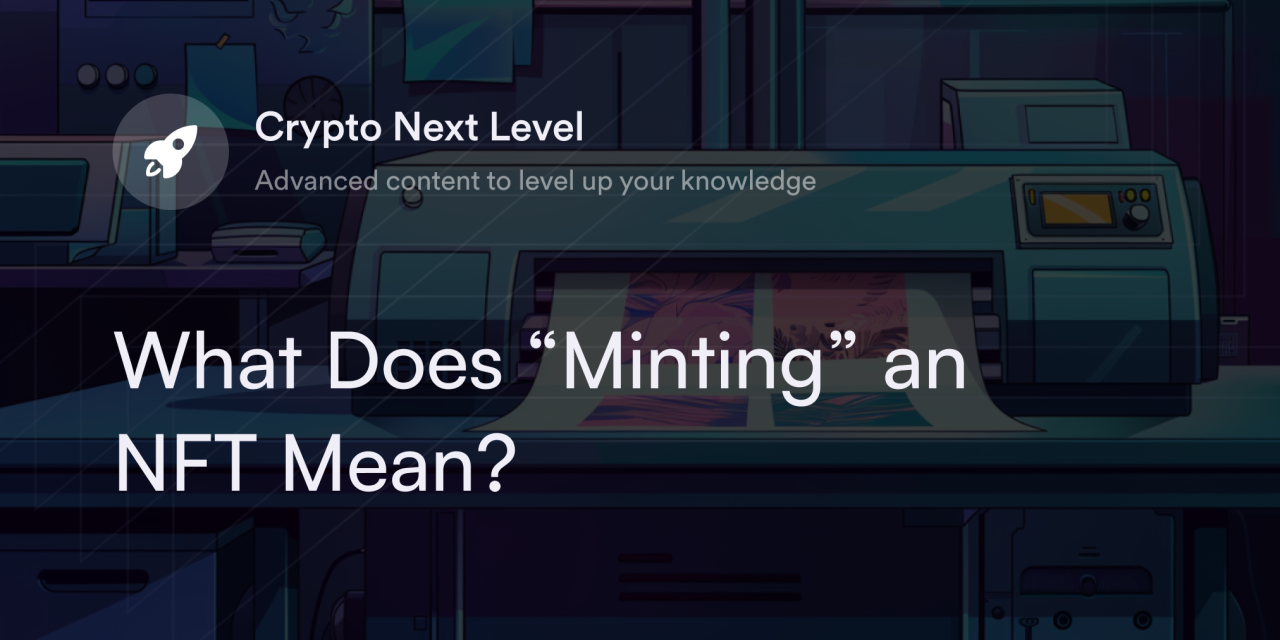

Non-fungible tokens (NFTs) have been around since the mid-2010s, but it wasn't until 2021 that these assets caught mainstream attention. Thanks to celebrity endorsements and high-profile collections, countless cryptocurrency novices now trade these virtual collectibles on digital marketplaces—sometimes for big profits.
Many creatives and cryptocurrency enthusiasts are interested in entering the NFT space as collectors and “minters.” But what does "minting" an NFT mean, and how can creators start their own collections?
What is an NFT?
NFTs are distinct digital assets representing collectible files. Each has a unique, verifiable address on a decentralized computer network called a "blockchain."
Although NFTs use the same underlying processes that power currencies like Ethereum (ETH), no two are the same, meaning an individual can't trade them one-for-one on an exchange. Instead, NFTs represent unique digital tokens, typically linked to an underlying piece of digital media and are often compared to memorabilia or fine art. Buying an NFT does not usually entail licensing or publication rights or other intellectual property rights over the underlying artwork or media linked to the NFT.
Many notable NFTs are associated with animated JPGs or JPEGs (like the infamous Bored Ape Yacht Club), but any digital file can become linked to an NFT. For instance, some NFTs are linked audio or video files such as MP3s and GIFs.
Because NFTs can be linked to any form of digital media, they’re more versatile than traditional cryptocurrencies. Creators have even used them to pre-program special attributes such as rewards, VIP passes, and royalty fees to tap into new revenue streams.
What Does “Minting” an NFT Mean?
In cryptocurrency, "minting" means creating new coins or tokens on a blockchain. While this definition applies to NFTs, there's a little extra nuance. In this context, minting also includes publishing a token's ownership details on a blockchain's public ledger.
Minting an NFT transforms an ordinary digital file into a token with a verifiable blockchain address. In other words, minting an NFT assigns a virtual ID tag to the asset when it enters the cryptocurrency ecosystem.
For example, when dYdX minted the Hedgies NFT collection, each NFT received a blockchain address on Ethereum. Thanks to the minting process, anyone can identify which Ethereum wallet holds a Hedgies NFT and review transaction data for each one.
How Does Minting an NFT Work?
NFT minting uses a technology called "smart contracts" to verify ownership without the need for centralized authorities. First introduced on Ethereum, smart contracts are blockchain technology programs that automatically perform tasks once certain conditions are fulfilled. Developers use smart contracts to automate Web-based applications and confirm cryptocurrency transfers while preserving each network's decentralization.
When digital artists mint an NFT, they use smart contracts to publish this information on the relevant blockchain. Every NFT collection has a "smart contract address" people can use to monitor the ownership status of tokens on the blockchain. For example, the contract address for the Bored Ape Yacht Club (BAYC) is:
0xBC4CA0EdA7647A8aB7C2061c2E118A18a936f13D
Searching for this address on an Ethereum blockchain explorer reveals all of the transaction history associated with the BAYC NFT collection.
How to Mint an NFT
Learning to mint an NFT requires some familiarity with cryptocurrencies and digital wallets. However, once creators know how to mint an NFT successfully, they can transfer these skills to any NFT marketplace. Here’s how to get minting:
Select a digital file: Choose a photo, animation, video, or audio file to publish as an NFT. Then, double-check the file type is compatible with your preferred NFT marketplace. For example, artists who want to use WAV files must find a platform that works with WAV.
Set up a crypto wallet: Most NFT marketplaces work by connecting with a user's self-custodial cryptocurrency wallet. Unlike custodial wallets, self-custodial wallets give users full control of their assets, meaning there’s no intermediary between the trader and their holdings. Look up the wallets compatible with your NFT marketplace of choice before selecting one to download (otherwise, you may not be able to use the wallet).
Deposit crypto into a digital wallet: Some NFT websites accept credit or debit cards, but many require users to pay fees in cryptocurrency. In most cases, you must purchase cryptocurrency on an exchange and transfer it to your digital wallet address. The type of coin you need to buy depends on what blockchain you use. For example, artists minting NFTs on Ethereum need ETH, while those using Solana need SOL coin.
Use the "Mint" portal: Some user-friendly marketplaces typically have a "Mint" or "Create" button on their homepage. After clicking this button, you will likely find all the tools required to mint an NFT collection.
Upload and customize a file: Click the "Upload" button and select your digital file. Before finalizing this NFT, you can use the site's tools to perfect the asset and add bonus features, like royalty fees.
Pay "gas fees" and confirm the transaction: The final step to mint an NFT is to confirm the transaction and pay any network fees (or "gas fees"). These gas fees compensate the blockchain's validators for using their computing power.
What to Consider Before Minting an NFT
With new NFT marketplaces appearing daily, choosing the best website to mint an NFT collection can be challenging. New customers should compare marketplace features before picking a minting platform. Here are factors to consider in the decision:
Reputation: Safety is the most significant feature when screening NFT sites. Unfortunately, scams aren't unheard of in the NFT industry, so you should carefully consider a marketplace's history and reputation. Look into any hacks or controversies surrounding your preferred NFT marketplace to reduce the risk of a security issue.
Curated versus non-curated: Curated NFT marketplaces only allow a few pre-screened artists to mint NFTs on their sites. Unless you have a professional portfolio of digital art, you should focus on non-curated NFT sites with relaxed minting restrictions. Examples of non-curated NFT marketplaces include OpenSea, Rarible, and Magic Eden.
Blockchain and file compatibility: More NFT marketplaces support multiple blockchains and digital files, but every site has limitations. Research which chains and files each NFT marketplace supports to see if it meets your needs.
Fees: Although some websites offer free NFT minting services, most have fees for buying, selling, and transferring these tokens. Compare each NFT site's fee schedule to find the most affordable option.
Intellectual Property: Minting an NFT linked to an already existing artwork or media may infringe intellectual property rights held by the owner of the original work.
FAQs About Minting NFTs
Still have questions about NFT minting? Here are the answers to common queries:
How Long Does it Take to Mint an NFT?
Minting an NFT typically doesn't take more than one or two hours. However, each blockchain and NFT marketplace uses slightly different protocols that may affect the minting time. Also, the more familiar artists are with digital wallets and cryptocurrency, the less time it will take to go through the minting process.
Can I Mint an NFT for Free?
Some NFT marketplaces, like OpenSea, don't charge users to mint NFTs. However, that doesn't mean minting is "free," even if the site doesn’t charge an extra commission. Chances are, you are still required to pay gas fees to the blockchain. The price of the gas fees depends on the blockchain in use and the current congestion on the network.
Can I Sell NFTs After Minting?
After you mint an NFT, the token instantly becomes your "virtual property." If you wish to sell your NFT, you can do so on a marketplace. Many allow creators to list their NFTs at a fixed price or start an auction.
Upgrade Your Crypto Knowledge with dYdX
dYdX wants to help everyone navigate the complex world of cryptocurrency, so we've created dozens of beginner-friendly guides on basic blockchain topics.
Check out our blog and YouTube channel to learn more about dYdX and our product. You can also browse our academy and improve your understanding of cryptocurrency and trading strategies. Head to our main page to start trading on dYdX today!
Disclaimer
The content of this article (the “Article”) is provided for general informational purposes only. Reference to any specific strategy, technique, product, service, or entity does not constitute an endorsement or recommendation by dYdX Trading Inc., or any affiliate, agent, or representative thereof (“dYdX”). Use of strategies, techniques, products or services referenced in this Article may involve material risks, including the risk of financial losses arising from the volatility, operational loss, or nonconsensual liquidation of digital assets. The content of this Article does not constitute, and should not be considered, construed, or relied upon as, financial advice, legal advice, tax advice, investment advice, or advice of any other nature; and the content of this Article is not an offer, solicitation or call to action to make any investment, or purchase any crypto asset, of any kind. dYdX makes no representation, assurance or guarantee as to the accuracy, completeness, timeliness, suitability, or validity of any information in this Article or any third-party website that may be linked to it. You are solely responsible for conducting independent research, performing due diligence, and/or seeking advice from a professional advisor prior to taking any financial, tax, legal, or investment action.
You may only use the dYdX Services in compliance with the dYdX Terms of Use available here, including the geographic restrictions therein.
Any applicable sponsorship in connection with this Article will be disclosed, and any reference to a sponsor in this Article is for disclosure purposes, or informational in nature, and in any event is not a call to action to make an investment, acquire a service or product, or purchase crypto assets. This Article does not offer the purchase or sale of any financial instruments or related services.
By accessing this Article and taking any action in connection with the information contained in this Article, you agree that dYdX is not responsible, directly or indirectly, for any errors, omissions, or delays related to this Article, or any damage, injury, or loss incurred in connection with use of or reliance on the content of this Article, including any specific strategy, technique, product, service, or entity that may be referenced in the Article.
